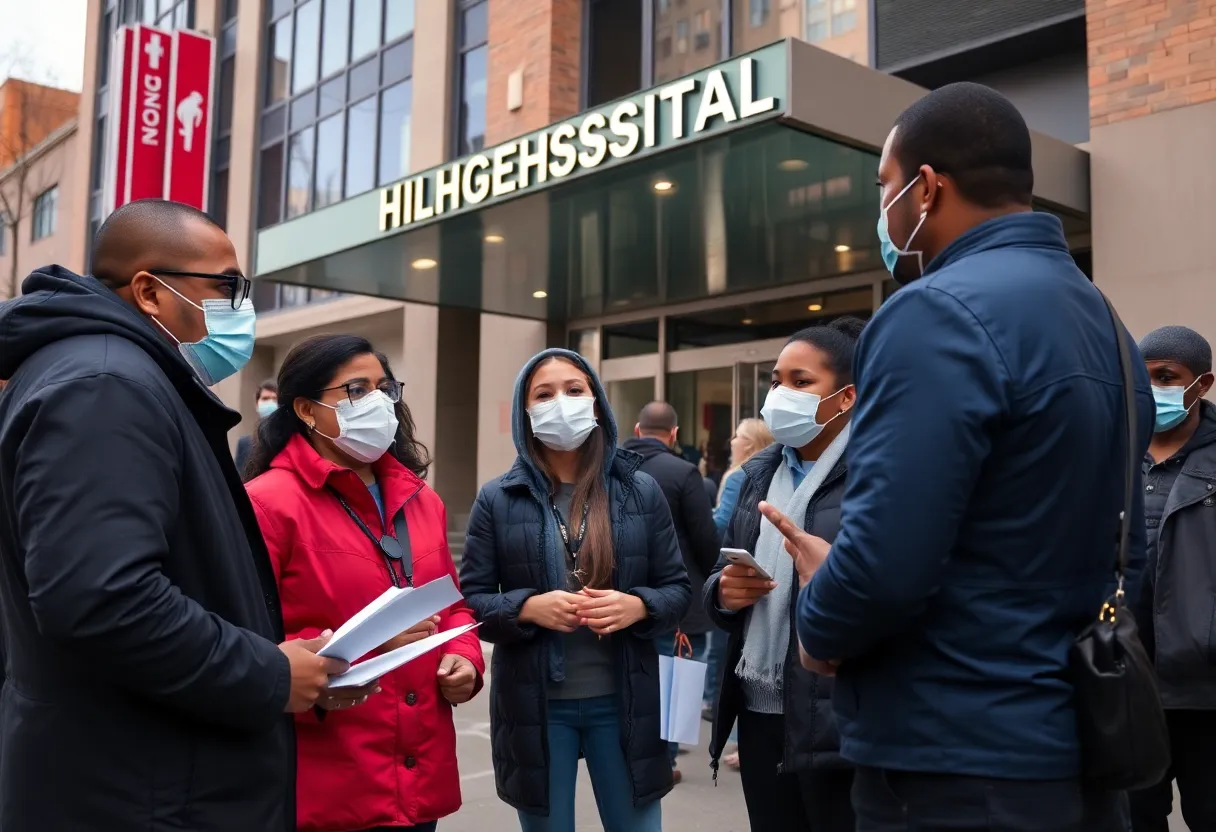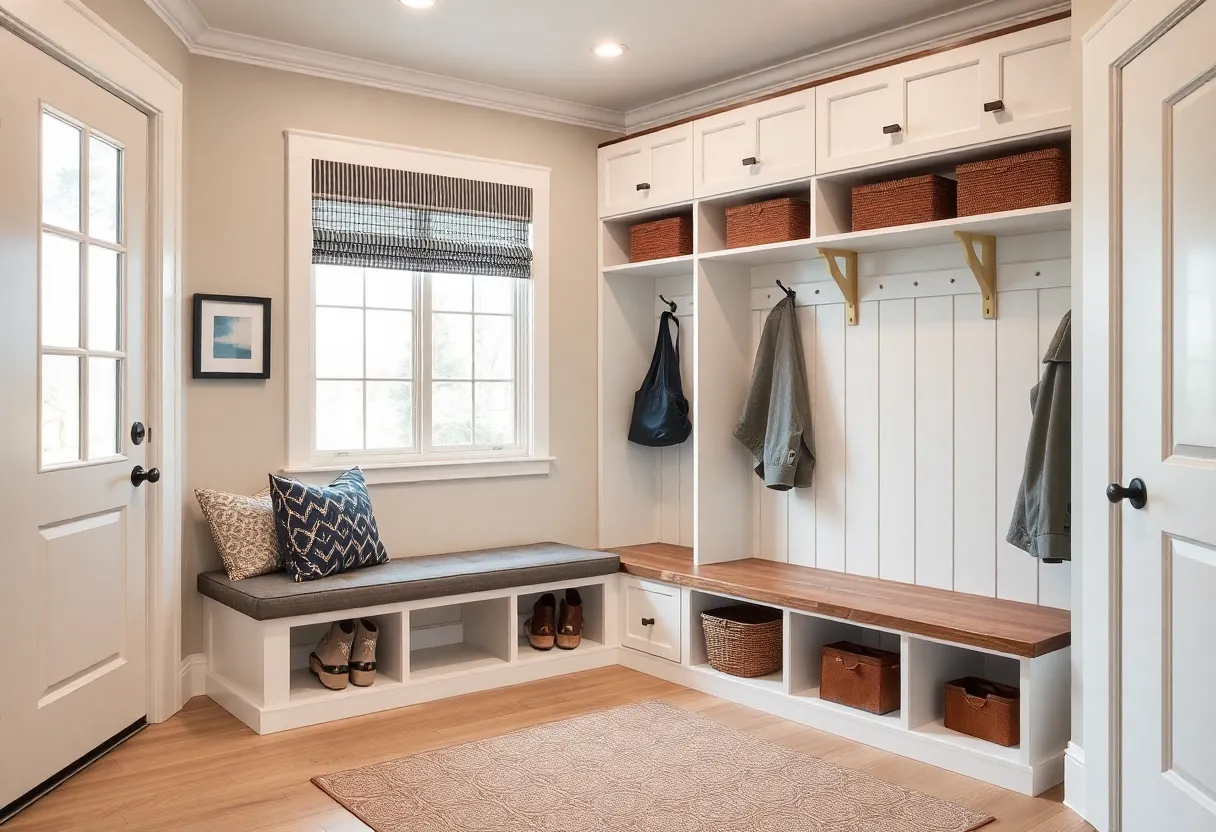News Summary
A lawsuit has been filed against Rising Sun Construction and Skanska USA due to a Legionnaires’ disease outbreak in Harlem that has resulted in five deaths and over 100 illnesses. The lawsuit claims negligence in maintaining cooling towers at Harlem Hospital contributed to the outbreak, which has left many hospitalized. Community leaders express ongoing concern about public health safety and call for better oversight of facilities. The health department continues to investigate the sources of this outbreak and its implications for preventative measures in the future.
New York City Faces Lawsuit Over Legionnaires’ Disease Outbreak in Harlem
Harlem, New York City — A lawsuit has been filed against two construction firms, Rising Sun Construction and Skanska USA, following a deadly outbreak of Legionnaires’ disease in Harlem that has claimed five lives and sickened over 100 residents and workers. The legal action accuses the companies of negligence related to the maintenance of cooling towers at Harlem Hospital, which contributed to the bacterial outbreak.
Key Details of the Outbreak
The outbreak, which first emerged publicly when cases were diagnosed on July 22, has resulted in more than 100 confirmed illnesses, with more than 14 individuals still hospitalized as of last week. The disease, caused by Legionella bacteria, often presents with flu-like symptoms such as cough, fever, chills, muscle aches, and shortness of breath. It can have an incubation period of up to two weeks, making timely diagnosis difficult. All affected individuals, including two construction workers—Duane Headley and Nunzio Quinto—who were hospitalized with Legionnaires’ disease, are plaintiffs in the lawsuit.
Cause of the Outbreak and Response Efforts
Investigations confirmed the presence of Legionella bacteria in 12 cooling towers across ten buildings in Central Harlem. Among these, the cooling towers at Harlem Hospital notably filled with untreated rainwater during heavy storms in July, creating optimal conditions for bacteria growth. Many of these towers were not adequately maintained or disinfected, which contributed directly to the outbreak.
City officials stated that all identified problematic cooling towers had been disinfected and remediated by the end of last week. Nevertheless, the city’s health department continues researching to determine the precise sources and which specific towers most contributed to the spread of bacteria. The ongoing investigation aims to understand how the bacteria proliferated so rapidly and whether appropriate safety measures were followed.
Legal and Community Reactions
The lawsuit, filed on behalf of the affected construction workers, seeks damages for medical expenses, lost wages, and physical suffering. The filing underscores allegations that the construction firms failed to perform necessary maintenance, particularly neglecting stormwater management, which worsened the bacterial growth conditions.
Attorney Ben Crump described the outbreak as “a completely preventable outbreak,” emphasizing that no one should have died or fallen ill if proper safety protocols had been followed. Additionally, community leaders and advocates voiced concern over the neglect of public health, especially in Harlem, which they say has experienced repeated lapses in health safety measures.
Community and Government Response
Rev. Al Sharpton held a news conference to address community worries regarding health safety and accountability. Community members, including advocates like Ella Cortez, expressed frustration with the perceived neglect of Harlem residents’ health and safety. They highlighted the need for stricter regulations and more attentive oversight of cooling tower maintenance.
Mayor Eric Adams defended the city’s response, noting that Legionella bacteria can multiply quickly even after tests indicate negative results. The city has reaffirmed its commitment to enforcing safety standards and improving oversight of cooling tower inspections.
Historical Context and Future Precautions
This outbreak is not an isolated incident; past outbreaks in New York City have prompted regulatory changes designed to reduce future risks. These measures include requirements for cooling towers to undergo more rigorous testing every 90 days. The current incident underscores the importance of adherence to these regulations to prevent similar health crises.
Next Steps and Ongoing Investigations
The health department continues investigating the origin of the outbreak and examining whether the construction activities contributed to the growth and dissemination of Legionella bacteria. In the meantime, affected residents and workers advocate for increased oversight, accountability, and safety enhancements in Harlem’s infrastructure.
As the city and community seek answers, the incident has heightened awareness of the importance of maintaining public health safeguards, especially in densely populated neighborhoods where infrastructure failures can have severe consequences.
Deeper Dive: News & Info About This Topic
HERE Resources
Harlem Construction Companies Face Lawsuit Over Legionnaires’ Disease Outbreak
Additional Resources
Author: STAFF HERE WASHINGTON DC
The WASHINGTON DC STAFF WRITER represents the experienced team at HEREWashingtonDC.com, your go-to source for actionable local news and information in Washington, DC, and beyond. Specializing in "news you can use," we cover essential topics like product reviews for personal and business needs, local business directories, politics, real estate trends, neighborhood insights, and regional news affecting the area—with deep expertise drawn from years of dedicated reporting and strong community input, including local press releases and business updates. We deliver top reporting on high-value events such as the National Cherry Blossom Festival, Kennedy Center Honors, and the Washington Auto Show. Our coverage extends to key organizations like the Greater Washington Board of Trade and Destination DC, plus leading businesses in government contracting and technology that power the local economy such as Lockheed Martin and Amazon. As part of the broader HERE network, we provide comprehensive, credible insights into the dynamic landscape of the Washington metropolitan area.





